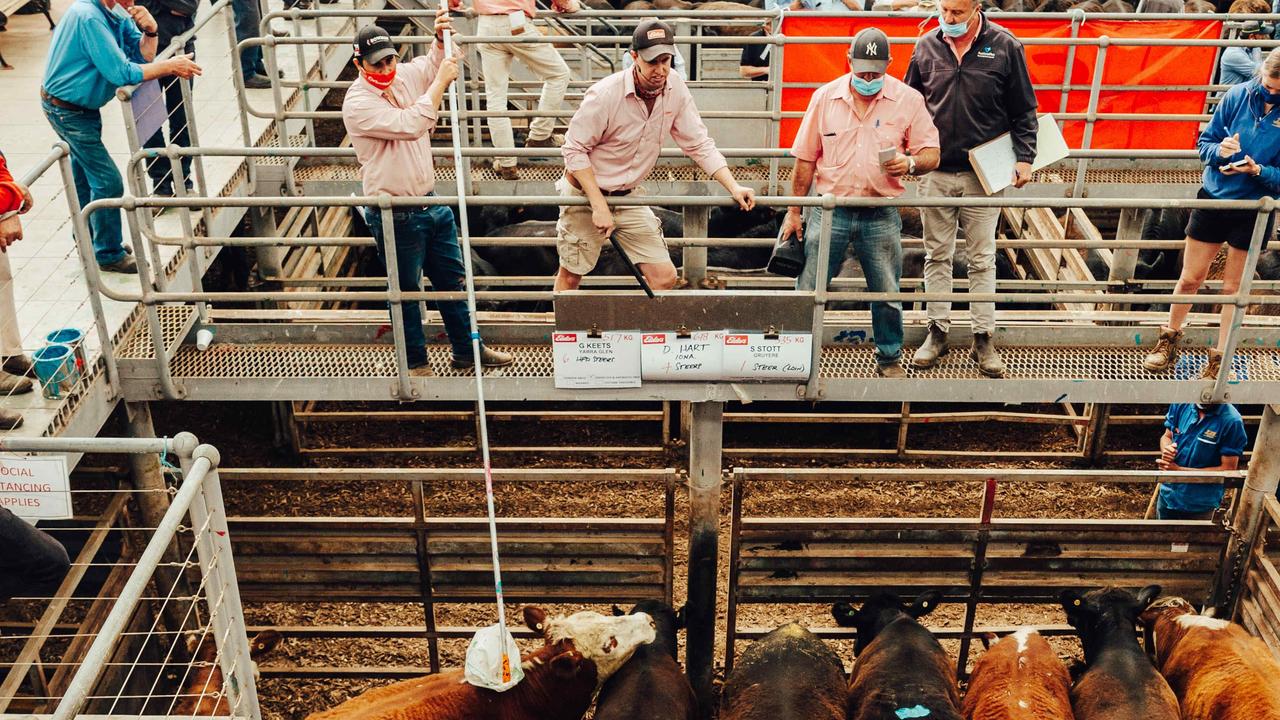The beef industry is on track to be carbon neutral by 2030, says new report
A carbon neutral beef industry by 2030 could soon be a reality.
THE beef industry is on track to become carbon neutral by 2030. That’s the finding of the 2019 Australian Beef Sustainability Annual Update, which reports against the priorities of the Australian Beef Sustainability Framework, which was launched in 2017 by industry to meet changing community expectations and support a thriving beef industry.
A range of indicators have been developed across the priority areas in the Framework to measure performance.
Chair of the Framework’s Sustainability steering group Tess Herbert said data was available for 83 per cent of the indicators in this update.
The report shows the beef industry has been able to halve its emissions since 2005.
The framework's indicator to track the carbon neutral 2030 target shows that since the 2005 baseline to 2016, there has been a 55.7 per cent reduction of carbon emissions by the beef industry.
The report said this was “largely through a focus on improving productivity and landscape management practices”.
Another indicator associated with managing climate change — the kilograms of carbon emitted per kilogram liveweight of raising beef — has fallen from 13.1kg in 2017 to 12.6kg last year.
That represents an 8.3 per cent decline in greenhouse gas emission intensity in the past five years.
Farmers for Climate Action chief executive Verity Morgan-Schmidt said the report demonstrated the industry was already on its way to the 2030 carbon neutral target.
“With the right investment in research and development, we’re likely to achieve that target,” she said.
Red Meat Advisory Council independent chair Don Mackay said the update sent a clear message that the industry was demonstrating a self-directed approach to improving the environment and welfare of animals.
“Australian beef has always traded on being clean and green and by capturing data across a wide range of indicators we can now further demonstrate this to our customers and other stakeholders,” Mr Mackay said.
Animal welfare is a key priority area for the Framework, and the update shows more producers are using pain relief on their cattle since it became commercially available. An estimated 15 per cent of the national cattle herd are now treated with pain relief for routine, necessary husbandry practices.
Vaccination rates against clostridial diseases are at 82 per cent of the national cattle herd, up from 71 per cent last year.


